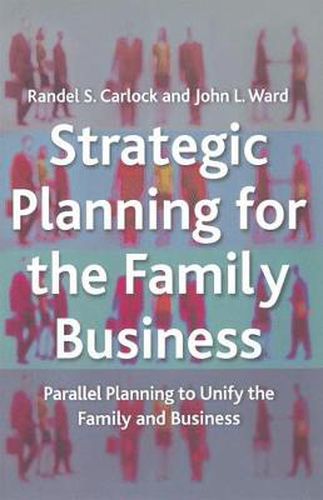Readings Newsletter
Become a Readings Member to make your shopping experience even easier.
Sign in or sign up for free!
You’re not far away from qualifying for FREE standard shipping within Australia
You’ve qualified for FREE standard shipping within Australia
The cart is loading…






This title is printed to order. This book may have been self-published. If so, we cannot guarantee the quality of the content. In the main most books will have gone through the editing process however some may not. We therefore suggest that you be aware of this before ordering this book. If in doubt check either the author or publisher’s details as we are unable to accept any returns unless they are faulty. Please contact us if you have any questions.
Family business planning has traditionally centered on two issues - estate planning and succession. These goals are far too limited for today’s family firm. Business families want to turn the business into not only a tool for profit, but for self-expression, innovation and legacy. The authors introduce the new concept of the Parallel Planning Process, explaining how to integrate the needs and expectations of the family and business systems in order to create an organic and entrepreneurial unit. Planning and decision making templates are included as well as studies of well-known family businesses.
$9.00 standard shipping within Australia
FREE standard shipping within Australia for orders over $100.00
Express & International shipping calculated at checkout
Stock availability can be subject to change without notice. We recommend calling the shop or contacting our online team to check availability of low stock items. Please see our Shopping Online page for more details.
This title is printed to order. This book may have been self-published. If so, we cannot guarantee the quality of the content. In the main most books will have gone through the editing process however some may not. We therefore suggest that you be aware of this before ordering this book. If in doubt check either the author or publisher’s details as we are unable to accept any returns unless they are faulty. Please contact us if you have any questions.
Family business planning has traditionally centered on two issues - estate planning and succession. These goals are far too limited for today’s family firm. Business families want to turn the business into not only a tool for profit, but for self-expression, innovation and legacy. The authors introduce the new concept of the Parallel Planning Process, explaining how to integrate the needs and expectations of the family and business systems in order to create an organic and entrepreneurial unit. Planning and decision making templates are included as well as studies of well-known family businesses.